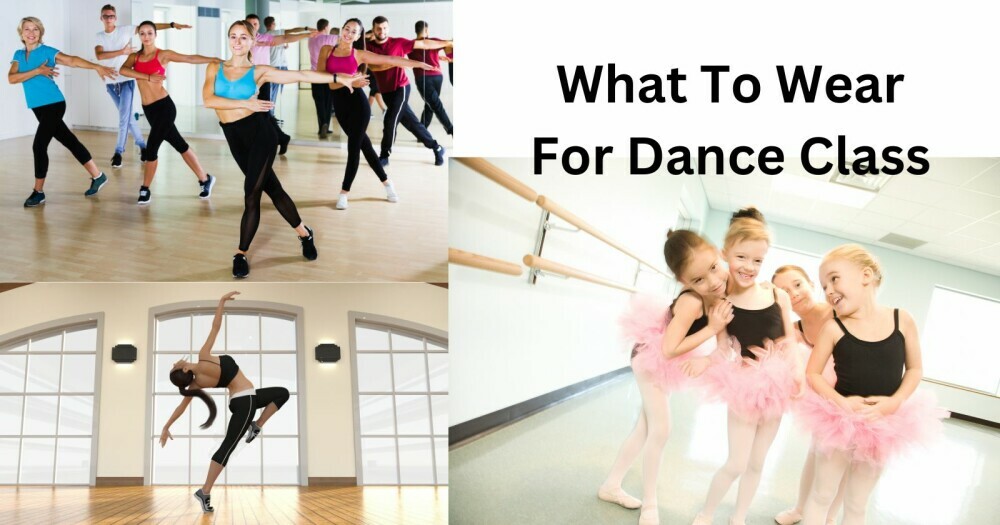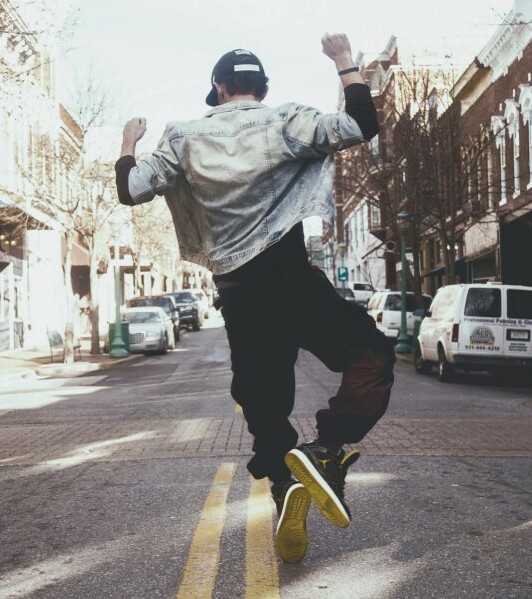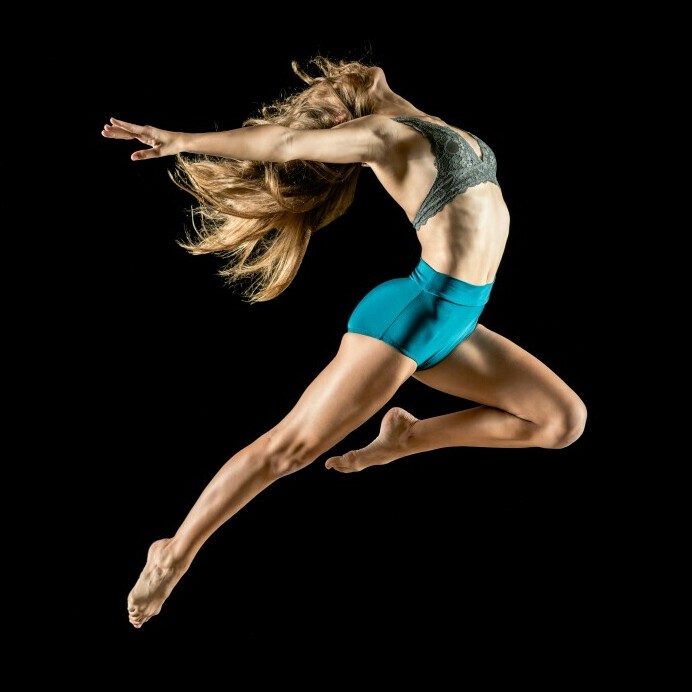If you’re gearing up to try a dance class, you might be wondering what to wear for a dance class. The right outfit isn’t just about what’s in fashion; it’s a vital part of your safety and performance. So let’s find some dancewear that will have you moving with ease and grace.
This article may contain affiliate links, which means that the owner of this website will receive a small commission on qualifying purchases.

What To Wear For Dance Class
Each dance genre has its own rhythm and requirements, which include what you should wear.
For instance, ballet often calls for form-fitting leotards and tights, while hip-hop welcomes loose-fitting clothes that allow for plenty of movement.
In salsa, you’ll find many dancers in clothes that accentuate motion, like flowing skirts or shirts that highlight shoulder movements.
When choosing your dance attire, the fabric and fit are key. You want materials that are breathable and can wick away sweat. Stretchy fabrics like spandex allow for a full range of motion, and well-fitted clothes can prevent tripping hazards while helping instructors see your body alignment.
Don’t forget that while functional needs are crucial, expressing your personal style can also be a huge confidence booster. Pick colors and patterns that resonate with you, so you feel great while giving your best performance.
Now that you’ve got an idea of the basic attire to consider, let’s shift our focus to the foundation of dance—your feet. In the next section, we’ll delve into the specifics of choosing the best footwear for dance, because the right pair of shoes can make all the difference in your steps.
Selecting the Perfect Dance Shoes
Choosing the right pair of dance shoes isn’t just about looking good on the dance floor; it’s critical for your safety and the development of correct dance technique.

Not every shoe is created equal, and dance styles have evolved with specific footwear in mind. For instance, ballet slippers provide the flexibility needed for fluid movements, while salsa dancing shoes have a snug fit and a smooth sole to allow for spins.
When it comes to dance shoes, expert opinion matters.
A podiatrist can provide invaluable advice on the fit and support needed, especially if you’re dancing multiple times a week. They’ll often suggest features like a reinforced arch, snug heel counter, or a cushioned insole – all there to help you dance longer and prevent injury.
Your budget might be front of mind when shopping for dance shoes. It’s tempting to go for the least expensive option, but consider this an investment in your dance journey and physical health. Quality shoes can last longer and provide the necessary support, saving you from potential discomfort and costly injuries down the road.
If you’re fresh on the dance scene, you don’t necessarily need to shell out for top-tier shoes straight away. Sometimes, a comfortable and supportive pair of sneakers can suffice for modern dance styles, while you identify your commitment and preferences. But as you advance, specialized shoes will become a game-changer in your performance and skill development.
Enhancing Your Dance Experience with the Right Extras
Once you’ve got your attire and footwear sorted, it’s time to consider the extras that can really make a difference in your dance class. These aren’t just about looking good; they’re about functionality and safety, allowing you to focus on your moves without distractions.

Let’s look at your hairstyle. Imagine trying to nail that spin or jump, and your hair decides it’s the perfect moment to slap you in the eye. Not fun, right? That’s why securing your hair is crucial. Whether it’s a simple ponytail, bun, or using a headband, the key is to keep your hair out of your face so you can move freely.
Next up, let’s discuss undergarments and dance belts for men, because, believe it or not, they can affect your performance. You want materials that breathe and designs that stay in place. There’s nothing worse than fixing a wedgie mid-pirouette. For women, a supportive sports bra is non-negotiable, and for everyone, moisture-wicking fabrics are your best friends.
Now, for some dance styles, like breakdancing or contemporary, you might be hitting the floor a lot. Here’s where kneepads come into play. They’re the unsung heroes for protecting your knees and allowing you to practice those floor routines over and over. If you’re just starting out or your routine is less intense, simple layers might suffice as a cushion.
When it comes to other accessories, the mantra ‘less is more’ really applies in dance class. Jewelry should be minimal to avoid catching on clothes or injuring yourself or others. Watches and bracelets? Usually a no-go. Keep it simple so nothing hinders your movement or breaks your concentration.
So there you have it. Dressing for dance is all about combining comfort, functionality, and just a hint of your own flair. Remember, what you wear can either enhance your performance or distract from it. What’s important is that you choose something that resonates with you and allows you to express yourself fully through the beautiful art of dance when it comes down to what to wear for a dance class.


Hey there! Just stumbled upon your article on what to wear for a dance class, and I gotta say, it’s fantastic! You really nailed all the key points someone new to dance might be wondering about. From breathable fabrics to the importance of proper footwear, you covered it all. I especially appreciated your tips on dressing comfortably without sacrificing style – so important when you’re busting moves!
I was curious, though, about your thoughts on incorporating personal style into dance attire. You mentioned the importance of wearing clothes that allow for movement, but what about adding a touch of flair? How can dancers express themselves through their outfits while still being practical? Keep up the awesome work! Can’t wait to see more from you.
Hi Bob,
Many dancers add a touch of personal flair by adding some funky leg warmers, signature sneakers or even especially designed leggings.
There are so many different colors and types of leotards out there to suit every taste too, so you don’t have to look alike anymore during class.
I’m glad you mentioned shoes in your article. When I was younger I never really noticed a difference, but now that I’m more mature (not old) I can definitely notice the difference by what shoes I wear. Even though I don’t have any issues with my feet, quality is definitely important. I dance as a way of exercise, as well as to learn some moves and try to be more graceful. I have worn the wrong shoes, and I have paid the price in leg pain.
I noticed you mentioned moisture-wicking fabrics. I love the feel of cotton, but sometimes I wonder if that is the best option. What fabrics do you recommend for a strong calorie-burning dance workout?
Hi Willow,
Cotton is great, but for dancing, my two favorites are lycra and spandex. They are both stretchy and moisture-wicking.
I just read your article on what to wear for a dance class, and it was super helpful! I appreciated how you broke down the different types of dancewear for various styles, ensuring that dancers can feel comfortable and look great while moving. Your tips on the importance of choosing the right footwear and breathable fabrics were spot on.
One question I have is about accessories: Are there any specific types of accessories that are both functional and stylish for dance classes? I’m always looking for ways to enhance my dance experience while still keeping it practical.
I keep away from accessories myself, as it just makes me heavier and the lighter the dancer the easier he or she can move. Stick to things like leg warmers or leggings that are more functional rather than things that make you look stylish, but detract from the dancing.